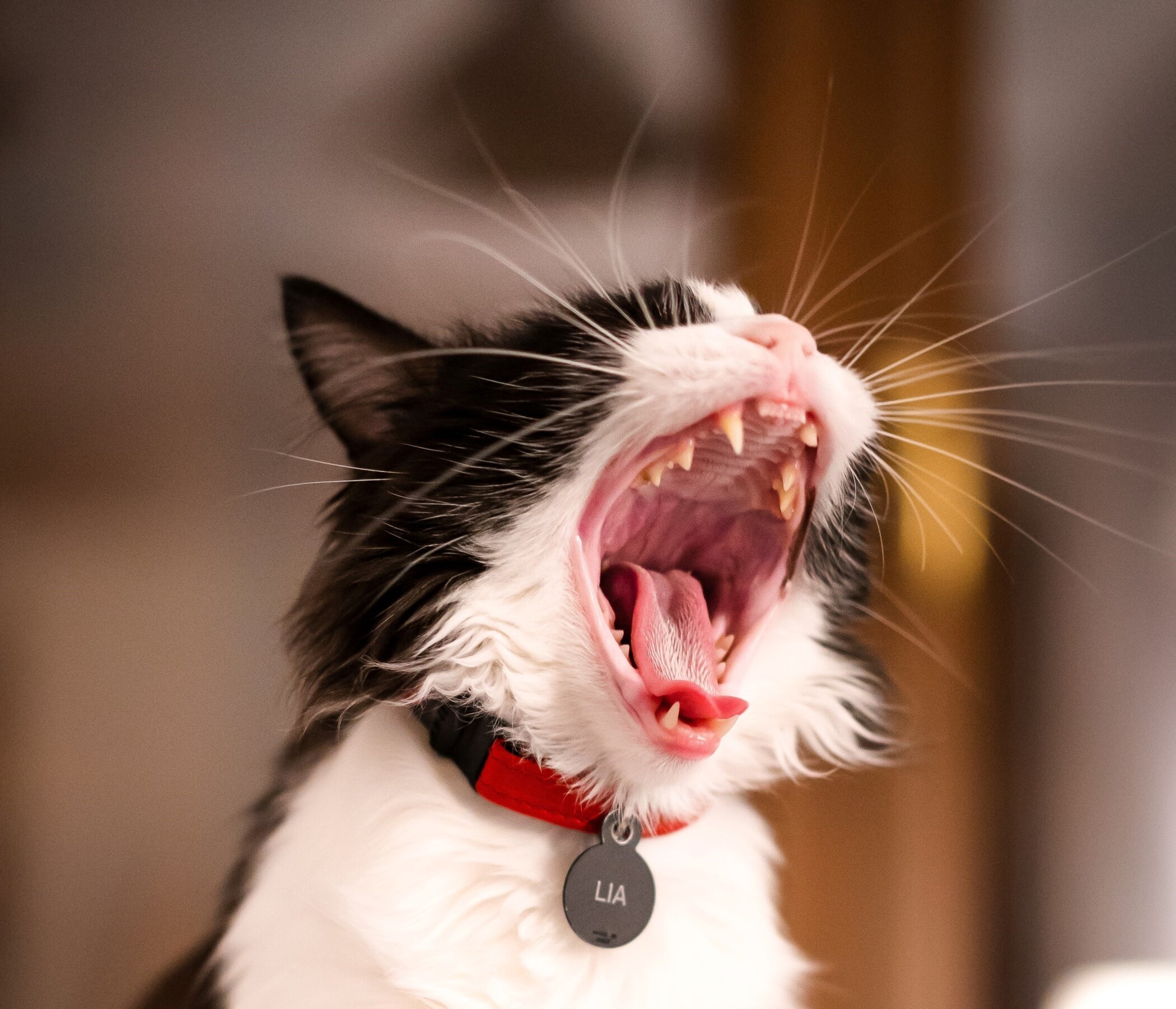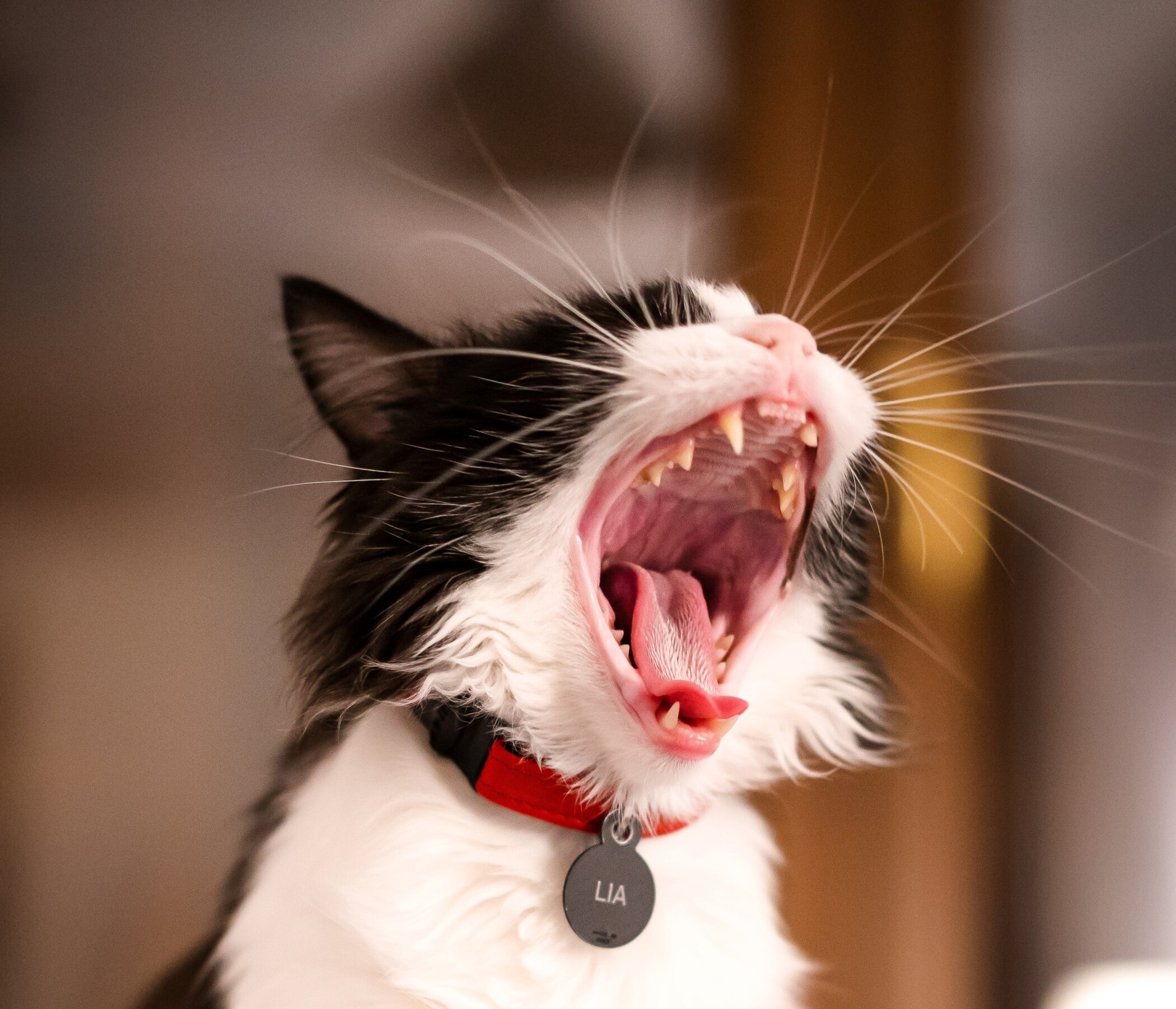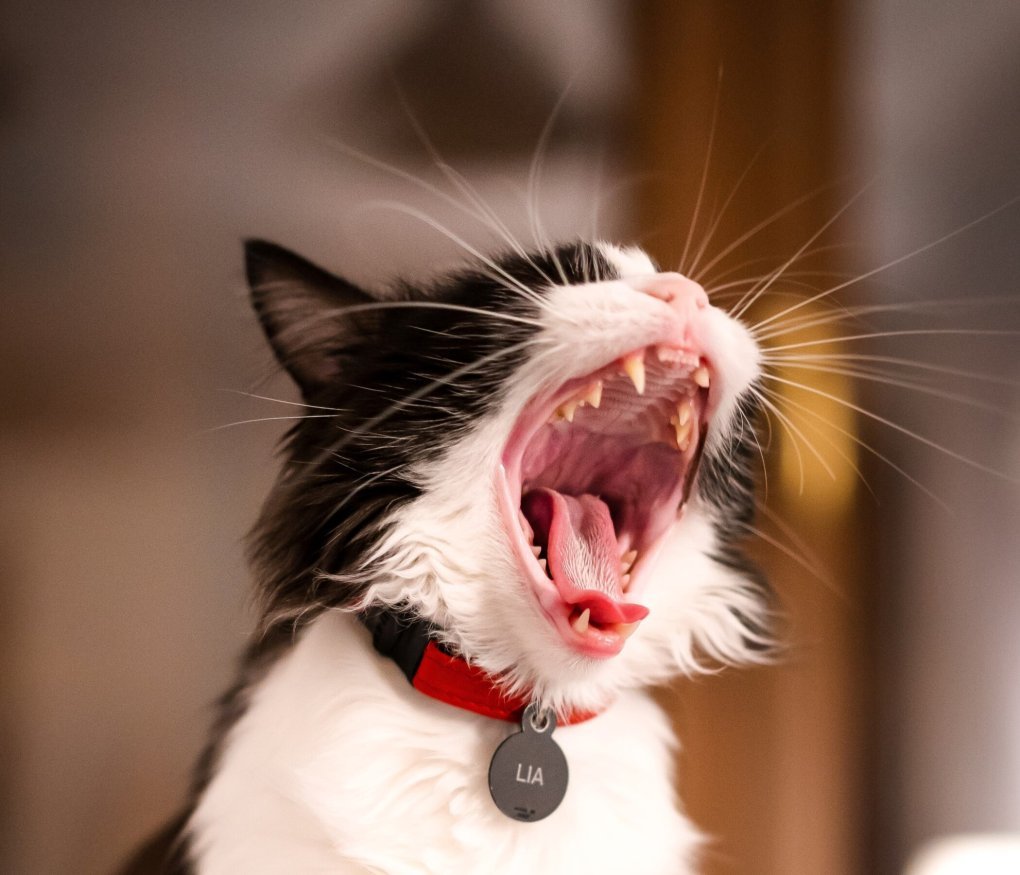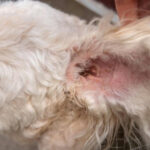
Of all the issues plaguing the nation’s cats, *gum and dental disease leads as the most common disorders diagnosed by veterinary surgeons, with 22% of all cats suffering from a dental disorder, and 80% over three years old showing signs of dental disease**. Surprisingly this comes ahead of obesity – a well-known serious problem for the UK’s pets. However, felines are notoriously fussy when it comes to being handled, so how can pet owners ensure that their cat’s oral health is not being neglected?
Cat care company Tippaws offering healthy and nutritious feline diets and the highest-quality eco litter, along with their in-house Registered Veterinary Nurse and Feline Behaviourist, Francesca Lees provide advice on preventative feline dental care, as well as guidance on what to do if you suspect your cat has any dental disorders.
But why is preventing dental disorders so important?
Of all the dental disorders, periodontal disease is the most common, with 15.2% of cats suffering from it in the UK. *That’s an estimated 1.8 million cats affected annually from the nation’s 11 million strong cat population. While the direct symptoms of periodontal disease are painful enough (pain, gum inflammation, tooth mobility), if left untreated, periodontal disease can lead to tooth loss. The long-term impact of periodontal disease is also serious, with a study* showing that sufferers are 1.8x more likely to develop other health conditions compared to cats that don’t have periodontal disease. But here’s how pet parents can help…
Introduce tooth brushing as a preventative step to avoid dental disease
The best way to prevent dental disease in domestic cats is to routinely brush their teeth, and ideally a tooth brushing routine is established when your cat is a juvenile.
Through gentle introduction, kittens can be taught to accept tooth brushing. Start slowly, using both a cat friendly toothbrush and toothpaste (enzymatic toothpaste is the most effective) in a delicious flavour such as chicken. Start by letting them lick the toothpaste off the brush and once they’ve become accustomed to both, start touching their teeth and gum-line with the brush. Once they’re familiar with the toothbrush sensation on their gums and teeth, start to build up to a brushing motion, applying the bristles at a 45-degree angle to reach the surface of the tooth and gum line.
Establish a routine by doing it at the same time, at least once a day and build in positive associations such as offering treats during and after the process.
How do I keep my cat still?
Francesca Lees, Tippaws in-house veterinary nurse, says “The key to handling cats is to allow them to feel in control of the situation. Pinning them down or holding them tightly against their will serves to make them struggle more and is likely to result in a failed tooth brushing attempt. Instead go for the ‘hands off’ approach.”
What else can you do to prevent dental disease if your cat won’t let you brush their teeth?
If you have a friendly and cooperative adult cat, it is possible to apply the same method of tooth-brushing introduction as you would with a kitten. But if you feel there is no way your cat would accept you going near them with a toothbrush, here’s some other ways that can help prevent dental disease:
- Dental treats. Often porous in texture, they are scientifically designed to surround your cat’s teeth to help reduce tartar build-up. The Veterinary Oral Health Council (VOHC) recommend some dental treats and gives them their seal of approval with their logo on the pack. It’s worth noting dental treats won’t remove existing tartar, so you still need to have your teeth looked at by a vet regularly.
- Water additives. These are plaque-reducing liquids that can be added to your cat’s fresh drinking water. They are a great alternative for cats who won’t tolerate teeth brushing or shun dental treats, it can also work for cats with sensitive stomachs or digestive issues.
- Feeding dry cat food. Feeding wet food alone can contribute to your cat developing a dental disorder because wet food has no abrasive action on the teeth. However, feeding a dry, crunchy kibble as part of your cat’s daily diet can help to prevent plaque build-up. This is because as a cat crunches the biscuits, it can help to scrape off the plaque, resulting in less tartar build up. Rachel Andre, Founder of Tippaws, says “feeding a dry crunchy food that your cat loves, such as Tippaws dry food, is a low-effort, easy, every-day way of helping to prevent periodontal disease in a way that is non-invasive for your cat. ”
How can I tell if my cat already has a dental disease, and can it be treated?
15.2% of cats out of a sample of 18,249 were formally being diagnosed with periodontal disease and breeds most susceptible to it include Siamese (18.7%), Main Coon (16.7%) and British Short Hair (15.5%) as well as crossbreeds (15.4%). Also, the average bodyweight of cats with periodontal disease (5.7kg) is higher than for cats without periodontal disease (5.5kg), so if your cat is carrying a few extra pounds, they could also be at risk of having poor dental health.
However, cats are very good at hiding health issues, so it’s really important to check their teeth regularly. Look out for red gums, smelly breath, discoloured teeth, or a build-up of tartar along the gum line. Behavioural changes may also indicate dental issues. Often cats will stop grooming themselves when they have dental pain, so their fur becomes matted (in long haired breeds). If you notice any of these symptoms, make contacting you vet a priority.
Your vet can treat periodontal disease. Depending on the seriousness of the disease, they may simply prescribe or advise a specific food that is scientifically proven to help with dental disorders. Or if it is more advanced, they may perform a dental procedure under general anaesthetic. However dental procedures can be costly, as often extractions need to be made, so preventative care is the best way forward.
Read the full article at: katzenworld.co.uk












